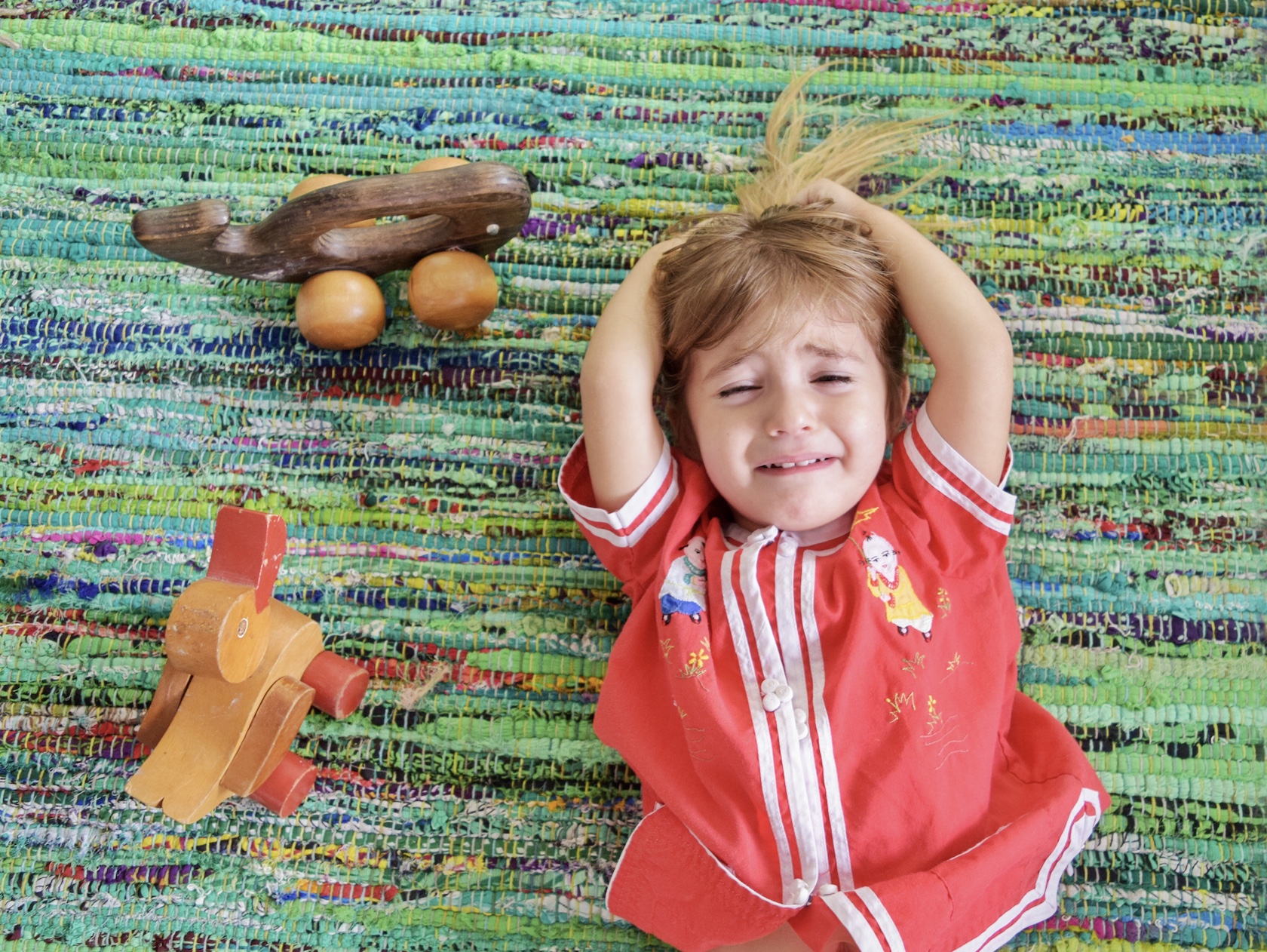By: Christine Hemelians, MSOT, OTR/L
Does your child have difficulty transitioning during school pick-up? Are pick-ups met with crying, screaming, yelling, pushing, hitting, and so on? Is it hard for your child to communicate why they’re upset and find it hard to calm themselves down? Well, the information provided in this post can help explain what your child might be going through. In this post, we will also offer strategies/ tips to assist with making the transition from school to home a smoother one.
A meltdown afterschool is very much different than a tantrum, which is often times an attention seeking behavior. It is important to understand that when your child experiences an after-school meltdown (or after-school restraint collapse), it is not in their control. When your child has been at school all day and they come home, they completely meltdown. They struggle emotionally and can’t seem to keep it all together, because they’ve just spent the entire day keeping it all together. Here’s an example to make this post more relatable, by imagining yourself in your child’s shoes.
Think about how you feel after a long, stressful day at work. Once you get home, cue the emotional, cathartic release. And how do you keep yourself regulated? You participate in activities that assist with helping you unwind and relax. For example, listening to music, watching your favorite episode on TV, eating or drinking something, or taking a shower. Your child experiences the same thing. However, unlike you, they haven’t fine-tuned the ability to self-regulate, or they have always struggled with emotional regulation and require more assistance in that department.
Let’s break this down even further. There’s a LOT of sensory input that your child has to navigate all day through school.
Sensory Overload
- Visually navigating the school, playground, or school-related tasks (i.e., reading, writing, etc.)
- Loud, noisy environment that might make it difficult for your child to filter out the noise in the classroom. Whether it’s following verbal directions from the teacher, participating in circle time by singing songs, chairs moving, or children screaming or crying. That’s a lot of auditory input to filter out throughout the day.
- Clothing or diaper changes (if they’re at daycare) during the day. Or unwanted tactile input by their peers touching them.
- Moving safely through their environment inside the classroom or in the playground (this is related to vestibular and proprioceptive input)
- Eating lunch (this can especially be difficult if your child experiences difficulties with picky eating)
- Identifying and responding to the signals that come from inside your body- interoception. This includes using the bathroom, responding to hunger cues, regulating your emotions.
Transitioning and Conformity
During school time, transitioning can be both exhausting and stressful for kids. Children are expected to behave a certain way in school, which is a structured environment. If your child is typically self-directed and has difficulty following adult led directive, school will be difficult. Typically, in a school or daycare environment, children are required to do certain tasks during specified times throughout the day. There are more rules in school that limit freedom and flexibility that a child typically experiences at home. Children are also expected to sit and be quiet, follow rules, and typically get less access to movement throughout the day.
Strategies
Consult with an occupational therapist to create a sensory diet tailored to your child’s sensory preferences and needs to assist with these transitions. Furthermore, an OT can help explain if your child is a sensory seeker or sensory avoider. Here are some strategies we suggest incorporating to help manage after school meltdowns:
- Keep the conversation minimal (don’t overload your child with a lot of questions)
- Feed them! (Have a preferred snack/ meal when picking them up from school, a crunchy snack is best to provide input that can help with self-regulation)
- Incorporate calming sensory strategies (i.e. rocking chair, calming music, deep squeezes/ bear hugs that provide deep pressure, weighted stuffed animals, balance board, dim the light and create a quiet corner, fidgets, sensory bottles, etc.)
- Keep consistent morning and afternoon routines
- Create a calm down/ cozy corner with dim lights, soft cushions, and soothing sounds
- Provide empathy and validation




